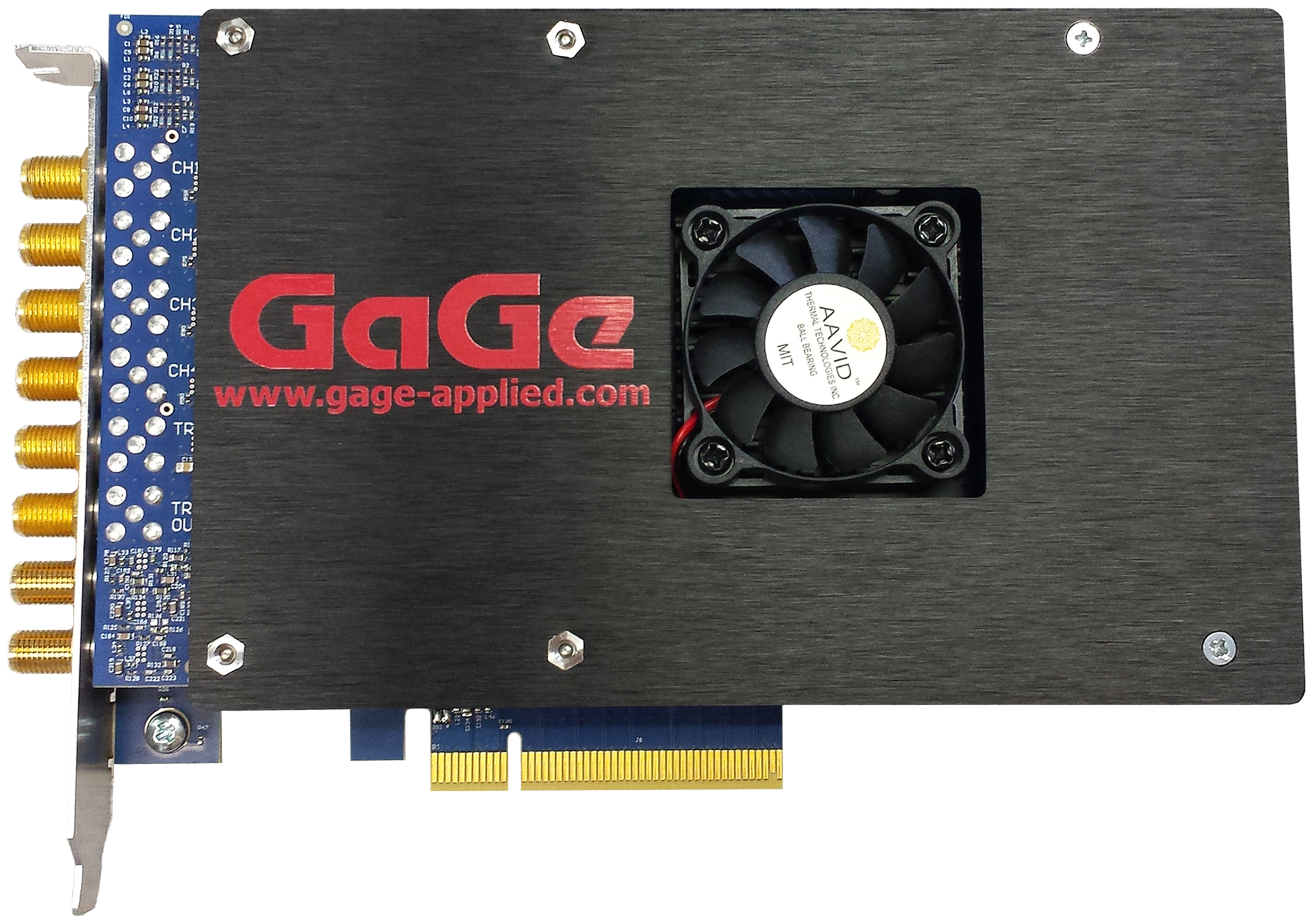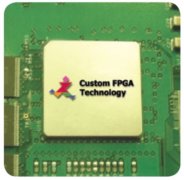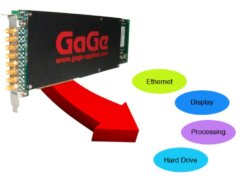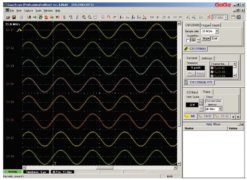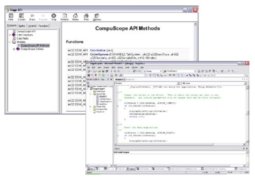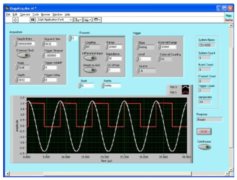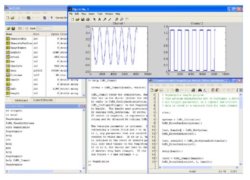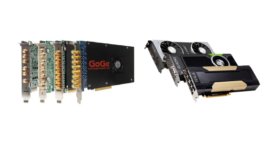The RazorMax Express is available in quad channel models supporting a maximum A/D sampling rate up to 1 GS/s or 500 MS/s, or in dual-channel models up to 1 GS/s. ADC data can be captured in quad channel, dual channel, or single channel modes.
The analog input bandwidth is 600 MHz for the 1 GS/s sampling rate models and is 300 MHz for the 500 MS/s sampling rate models. The input channels are fixed for DC-coupling with fixed 50 Ω input impedance. The wider 600 MHz bandwidth is especially useful for RF based applications by enabling direct RF sampling of wider band signals.
AC-coupling is useful for applications in which a small AC signal is sitting upon a large DC bias. In these cases, the DC bias can be removed with AC-coupling to reduce the input range for better signal fidelity. A configuration for fixed AC-coupling for the input channels is available as an option. The coupling front end is factory hardware configured and is not software switchable.
Note that it is also possible to externally implement AC-coupling with the use of an external high-pass filter; in which case the fixed AC-coupling hardware configuration is not required.
RazorMax Express models have factory hardware configured single fixed input voltage range of either ±1 V or ±240 mV. These fixed input voltage ranges can be effectively increased through the use of attached inline SMA attenuators if required.
The RazorMax Express includes 4 GS (8 GB) of onboard acquisition sample memory. The onboard acquisition memory size is shared and equally divided among all active input channels (4, 2, or 1) when acquiring data to onboard memory.
With the optional eXpert PCIe Data Streaming FPGA Firmware package, the dual-port architecture of the onboard memory is utilized as a large FIFO buffer for streaming acquired data to host PC memory via the digitizer’s PCIe Gen3 x8 interface at sustained rates up to 5.2 GB/s supporting the maximum sampling rate for channels as follows for continuous gap-free acquisition.
It is not possible to utilize 1 GS/s for 4-CHs in streaming mode for continuous gap-free acquisition as the effective 8.0 GB/s data rate exceeds the digitizer card’s maximum supported 5.2 GB/s PCIe data streaming rate. However, it is possible to utilize 1 GS/s for 4-CHs in streaming mode for pulsed (multi-triggered) acquisition depending on the trigger frequency or pulse repetition frequency (PRF) and the number of samples per segment to acquire per trigger is sufficient to produce a data rate not to exceed 5.2 GB

